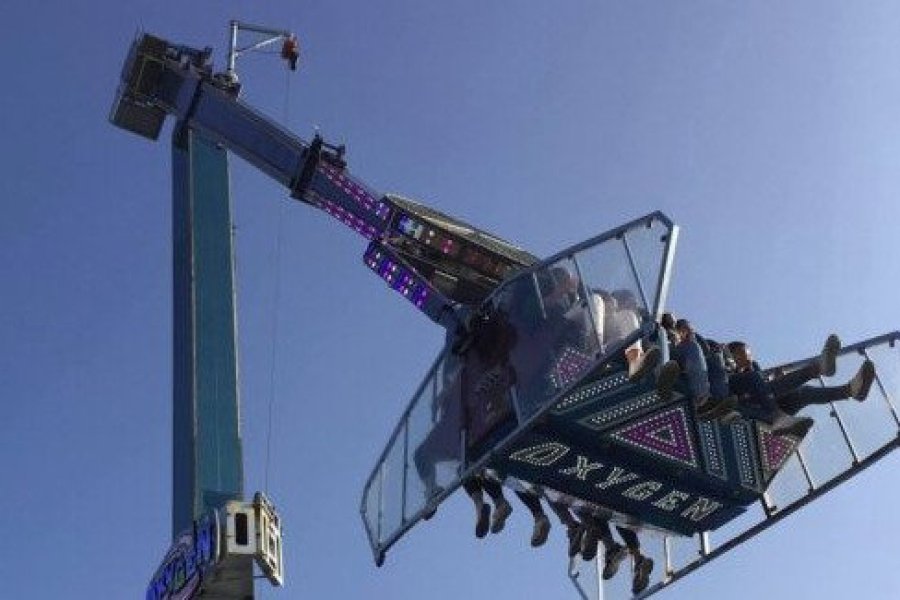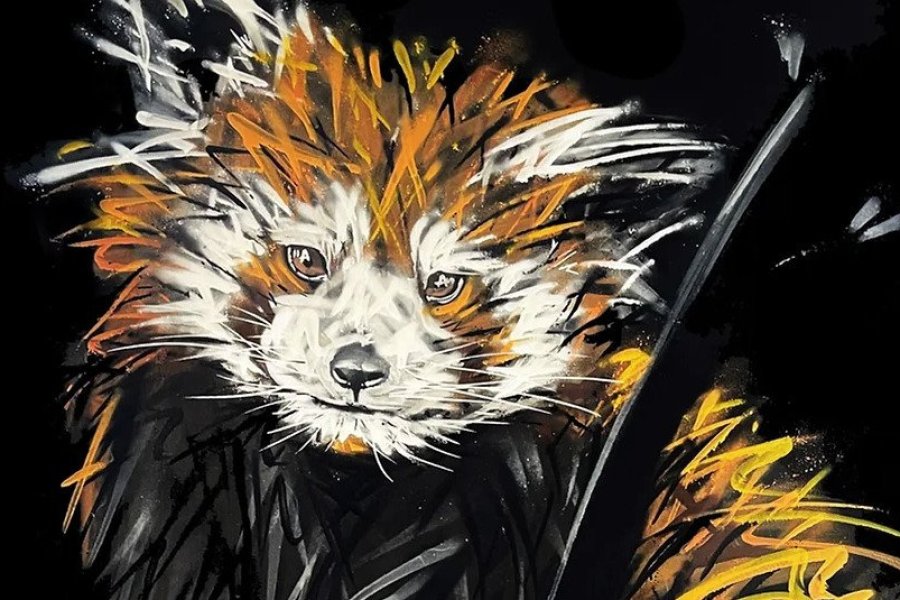
The Foire aux Plaisirs is back in Bordeaux!
Recommended by Tanguy REVAULT
The Foire aux Plaisirs, a funfair held since 1431, is the premier festive event in Bordeaux and the biggest funfair in the south of France! The ...

Recommended by Tanguy REVAULT
The Foire aux Plaisirs, a funfair held since 1431, is the premier festive event in Bordeaux and the biggest funfair in the south of France! The ...

Recommended by Tanguy REVAULT
It's not uncommon to come across his work while strolling around Bordeaux. In fact, one of his most emblematic works is on the Place du Palais, ...
There are currently no photos for this destination.